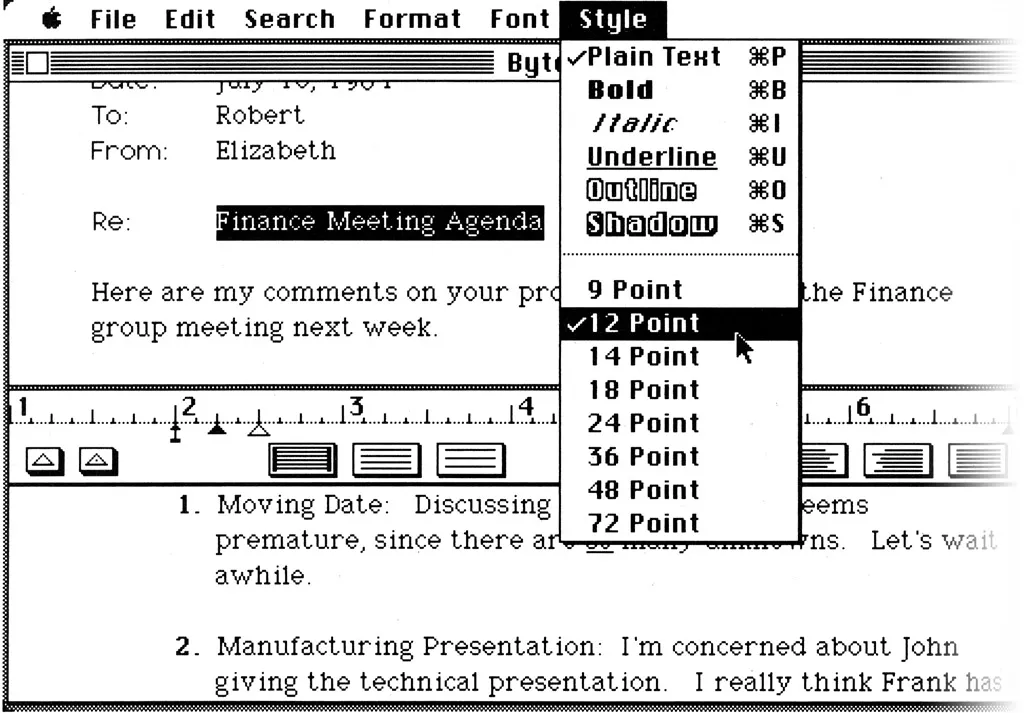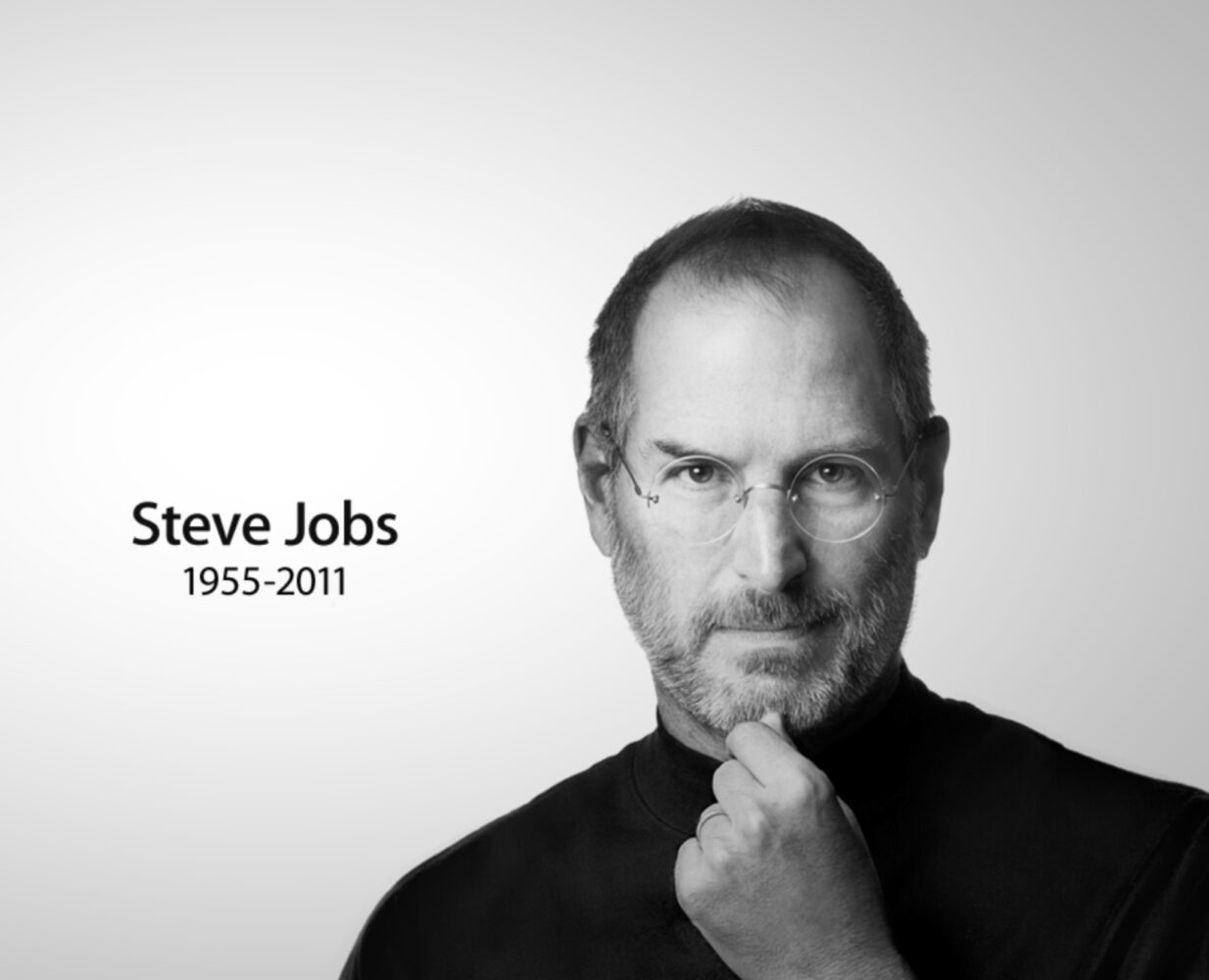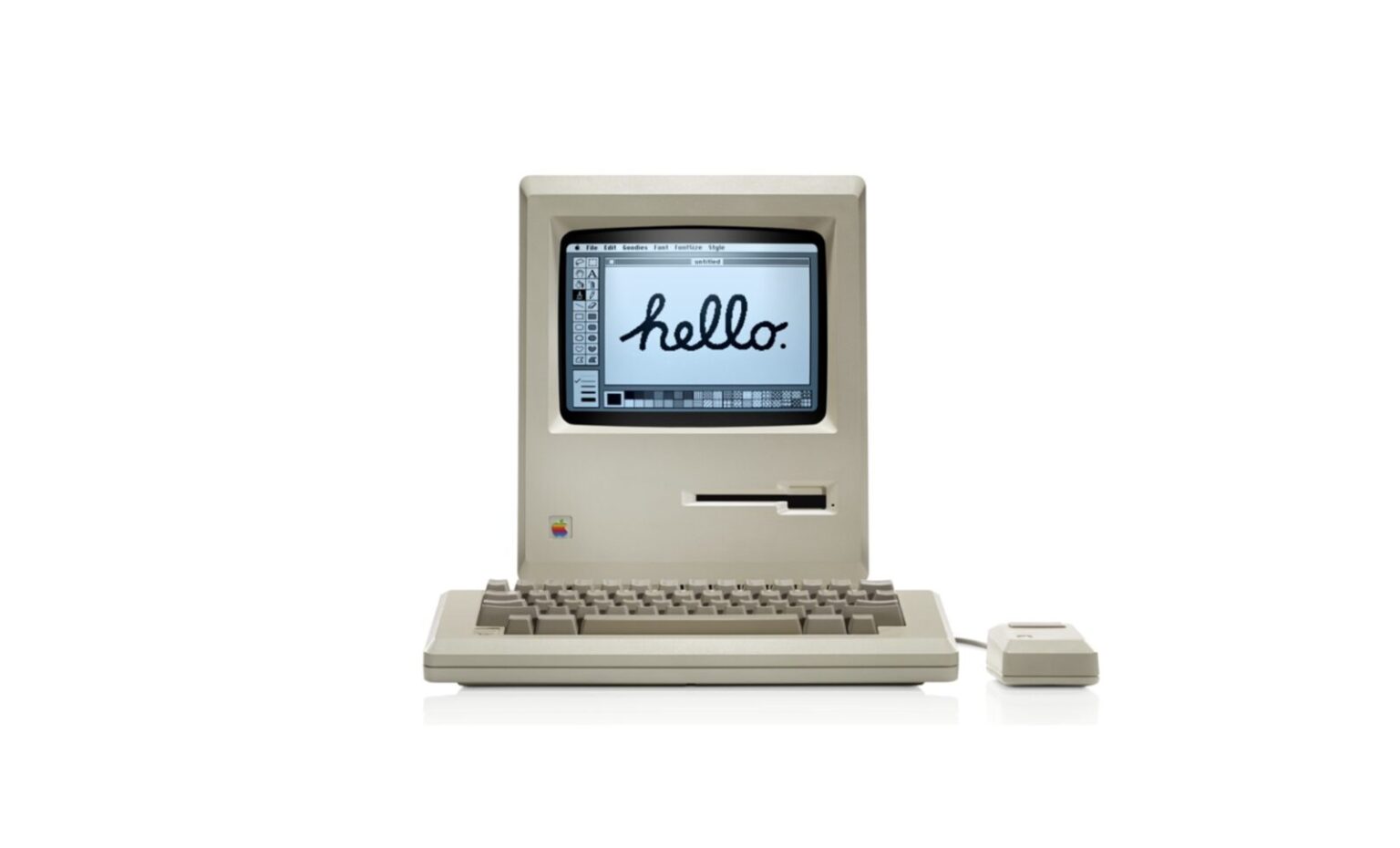On January 24, 1984, a revolution quietly unfolded in the world of technology. Apple unveiled the Macintosh, a personal computer that dared to be different. Unlike its text-based predecessors, the Macintosh boasted a revolutionary graphical user interface (GUI), featuring a mouse and intuitive icons that made computing accessible to the masses. This wasn’t just a new machine; it was a paradigm shift, forever altering the way we interact with technology.
At the helm of this revolution stood Steve Jobs, a visionary leader whose unwavering belief in human-centered design fueled the Macintosh’s creation. Jobs, along with a passionate team of engineers and designers, poured their hearts and souls into crafting a machine that wasn’t just functional, but delightful. They believed that technology should empower individuals, not intimidate them, and the Macintosh embodied that philosophy.
The Macintosh’s impact transcended the realm of technology. It democratized computing, making it accessible to students, artists, educators, and professionals who lacked the technical expertise to navigate complex command-line interfaces. The intuitive GUI empowered them to explore their creativity, express themselves freely, and pursue their passions in ways never before possible.
The Macintosh quickly became a haven for creative minds. Built-in graphics software like MacPaint unleashed a wave of artistic expression. This made it possible for people to create art and design on a computer for the first time. The Macintosh also popularized desktop publishing, which made it possible for people to create professional-looking documents at home. The Macintosh was the first computer with a built-in word processor, MacWrite. This made it possible for people to write and edit documents on a computer for the first time. The Macintosh also popularized spreadsheets, which made it possible for people to track and analyze data more easily.

The Macintosh wasn’t just about individual empowerment; it fostered collaboration like never before. The rise of local area networks (LANs) enabled Macintoshes to communicate and share resources, paving the way for a more connected and collaborative work environment. This laid the foundation for the digital ecosystems we take for granted today, where teamwork transcends physical boundaries and ideas flow freely across networks.
A Visionary’s Legacy
Steve Jobs envisioned the Macintosh as a tool that could “change the world,” and his vision proved prophetic. The Macintosh’s influence extends far beyond the realm of personal computing. It sparked a design revolution, redefined human-computer interaction, and empowered individuals and communities in ways unimaginable before its arrival. Forty years later, the Macintosh’s legacy lives on. It continues to inspire designers, empower creators, and connect people in meaningful ways.
As we celebrate this momentous anniversary, we can’t but remember the visionary spirit of Steve Jobs and the dedicated team who dared to dream of a different kind of computer. The Macintosh may have changed the world, but it is the enduring impact it has had on our lives that truly makes it a technological marvel to behold.
A Few Tributes to Steve Jobs:
He was, above all, a teacher… He taught us that it’s possible to create products that are not only functional but also beautiful, and that design can change the world. – Jony Ive, former Chief Design Officer at Apple
He combined passion with intellect, and poetry with technology. – Walter Isaacson, author of Steve Jobs biography
He was a perfectionist. He wouldn’t settle for anything less than the best, and that drove him to create some of the most innovative and iconic products of our time. – Tim Cook, CEO of Apple
Apple 1984 Super Bowl Commercial Introducing Macintosh Computer (HD)
The Lost 1984 Video: young Steve Jobs introduces the Macintosh
You can also read the full press release of the Macintosh from 1984 here.
The Macintosh’s story is more than just a technological marvel; it’s a testament to the power of human ingenuity and the enduring impact of visionary leadership.






